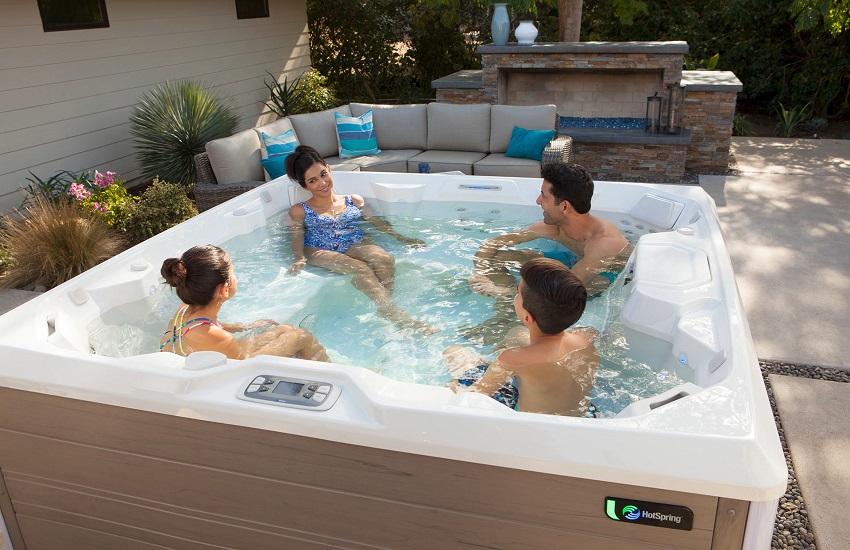
02 Aug Things to Consider Before Using a Hot Tub
A report from the Centers for Disease Control and Prevention (CDC) found a total of 208 confirmed outbreaks of illness associated with “treated recreational water” — primarily public swimming pools, hot tubs and water playgrounds — between 2015 and 2019. The outbreaks resulted in 3,646 cases of illness, 286 hospitalizations and 13 deaths. Most outbreaks occurred in June, July or August. Health experts suspect the actual numbers are even higher since many illnesses go unreported.
Hot tubs can be a particular concern for vacationers. During the five-year period, 1 in 3 water-related outbreaks were connected to hotels or resorts, according to the CDC. Of those outbreaks at hotels and resorts, the majority — 70 percent — were tied to hot tubs. Consider the following from online casinos Australia.
Pets and Hot Tubs are Not a Good Mix
You love your dog, so of course, you want to bring the pup everywhere when possible. Unfortunately, a hot tub can be too hot for pets to handle, and the risk for injury is not worth the dip. Apart from that, the excess hair from a pet can cause clogs in the hot tub. Even though clogs are a regular occurrence, purposely bathing with pets can make the problem worse and may require professional to fix. Finally, let’s talk about your pet’s claws. Their nails can scratch the surface of a vinyl, plastic, or acrylic hot tub, causing the protective coating to peel off. The damaged surface can cost hundreds of dollars to fix.
Avoiding Getting an Infection from a Hot Tub
There are lots of germs in hot tubs — think about it — whenever someone soaks in the tub, their body fluids and grime are instantly added to the water. It can be especially problematic in shared spas in gyms and hotels where many people take a dip in between hot tub cleanings. It is the primary reason people with open sores or skin infections should not use a hot tub. The hot water is the perfect environment for spreading viruses, primarily if sanitizer levels in the water are not maintained. The same goes for rashes and other injuries.
What is the Right Temperature for Hot Tubs?
Newer hot tubs have factory-set temperature maximums of 104 degrees Fahrenheit. Most bathers find that 100 to 102 degrees Fahrenheit is a comfortable and therapeutic level. Keep in mind; Higher temperatures can place undue strain on the cardiovascular system.1 To avoid any potential projects, be sure to monitor the temperature accurately. If you or your guests feel a little off, lightheaded, or overly hot, it is best to get out of the tub. Check the temperature before returning and make sure you cool off and drink plenty of water, according to best Canadian casinos.
Hot Tub Safety for Parents and Children
If you are a parent, you already know that leaving kids alone near anything they can wade or swim in like a lake, pool, or even hot tub is not the best idea. Consider this a gentle reminder. Very young children can quickly become overheated and drown in hot tubs and spas. In fact, children can drown in just a few inches of water, and every year several do. Probably the greatest drowning danger arises when a child climbs unnoticed into an unsecured or unattended area with a pool or tub. If you own a hot tub, it is best to keep it covered when not in use. It is also a good idea to learn CPR and to invest in floatation equipment. Then you can teach your children to always wear their life jackets before going near the pool or hot tub.
Avoid Horseplay in Hot Tubs
Everyone becomes a kid again in the water, and casual horseplay can quickly get out of hand, with someone getting hurt. Space is super limited in the hot tub, and there is not enough room to do things typically done in a swimming pool like diving, cannonballs, or floating around in inflatables. So for safety’s sake, do not jump, dive, or bring your unicorn floating device into the hot tub.

No Comments